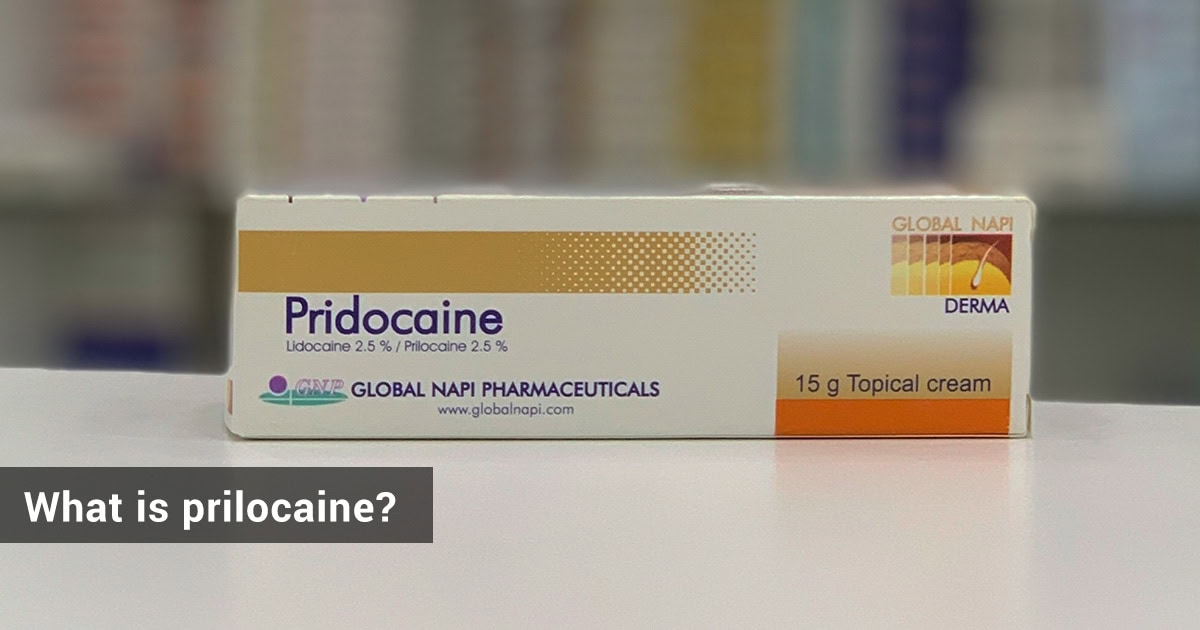Tattoo World
What is Prilocaine? Detailed information and Australian regulations
Prilocaine is a local anesthetic commonly used in combination with lidocaine to numb skin or mucous membranes before certain medical procedures. It works by blocking sodium channels on the nerve cells, which prevents the initiation and conduction of nerve impulses, thereby providing an analgesic effect. This block is reversible and ceases when the drug diffuses away from the site of application.
Uses and Dosage
Prilocaine is used in various forms, such as numbing creams, gels, and patches, for different medical purposes:
- Topical application: For minor procedures, such as needle insertions, it is applied to intact skin, usually in combination with lidocaine. For more painful dermatological procedures, it may be applied for up to 2 hours.
- Genital mucosa: Used before minor surgical procedures like wart removal or before local anesthetic infiltration.
- Leg ulcers: Applied for cleaning or surgical debridement, with specific guidelines on the amount and duration of application.
Topical Application
Minor Procedures
- Adults: 1-2.5 grams applied in a thick layer to the skin. Cover with an occlusive dressing. Keep in place for up to 2 hours.
- Children: Dose based on body weight, typically applied in a thick layer and covered with an occlusive dressing. Dosage and duration depend on the child’s weight and age.
Specific Applications
Genital Mucosa
- Adults: Apply 5-10 grams for 5-10 minutes before minor surgical procedures.
Leg Ulcers
- Adults: 1-2 grams per 10 cm², kept for 30-60 minutes.
Periodontal Gel (Oraqix)
- Adults: Applied around selected teeth using a blunt-tipped applicator. Initial application for 30 seconds, followed by filling periodontal pockets with gel for another 30 seconds.
Pediatric Use
Infants and Children
- <5 kg: ≤1 gram per 10 cm². Maximum 1 gram and 10 cm² per day.
- 5-10 kg: 1-2 grams per 10 cm². Maximum 2 grams and 20 cm² per day.
- 10-20 kg: 1-2 grams per 10 cm². Maximum 10 grams and 100 cm² per day.
- >20 kg: 1-2 grams per 10 cm². Maximum 20 grams and 200 cm² per day.
It is crucial to follow the prescribed dosages closely to avoid potential overdose, which can lead to severe side effects such as seizures, uneven heartbeats, or respiratory failure.
Side Effects and Precautions
Common side effects include mild burning, itching, rash, and changes in skin color at the application site. Serious risks involve methemoglobinemia, a condition where an abnormal amount of methemoglobin is produced, which can impair oxygen delivery in the body. This risk is higher in individuals with glucose-6-phosphate dehydrogenase (G6PD) deficiency or other related conditions.
Regulatory Aspects in Australia
In Australia, the Therapeutic Goods Administration (TGA) regulates the use of prilocaine. It is classified as a prescription-only medicine (Schedule 4) and must be prescribed by a healthcare professional. The TGA ensures that the drugs available in Australia meet specific standards of quality, safety, and efficacy.
Healthcare providers in Australia must adhere to strict guidelines when prescribing and using prilocaine, particularly regarding the dosage and monitoring of side effects. The TGA also mandates detailed labeling and patient information to ensure safe usage.
Prilocaine is a local anesthetic with specific dosages and applications depending on the procedure and patient characteristics. Its use is regulated in Australia, requiring a prescription and adherence to guidelines to ensure safety and efficacy. For further information, consulting the TGA’s guidelines or a healthcare provider is recommended.
References
1. DrugBank Online: https://go.drugbank.com/drugs/DB00750
2. Medicine.com: https://www.medicine.com/drug/lidocaine-prilocaine/hcp
3. Mayo Clinic: https://www.mayoclinic.org/drugs-supplements/lidocaine-and-prilocaine-topical-route/precautions/drg-20062595
4. Drugs.com: https://www.drugs.com/mtm/lidocaine-and-prilocaine-topical.html

